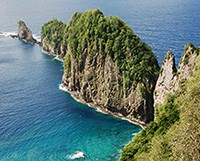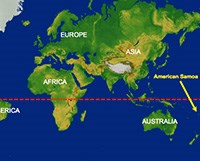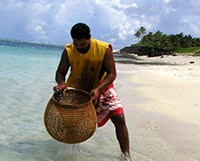


SIZE : 13,500 total acres (9,500 land acres and 4,000 marine acres—mostly coral reefs). STAFFING : 25 employees (permanent, term, and seasonal), 37 American Conservation Experience (ACE), 1 volunteer, and 24 firefighters. VISITATION: About 5,000 annually. |
Last updated: February 28, 2015
